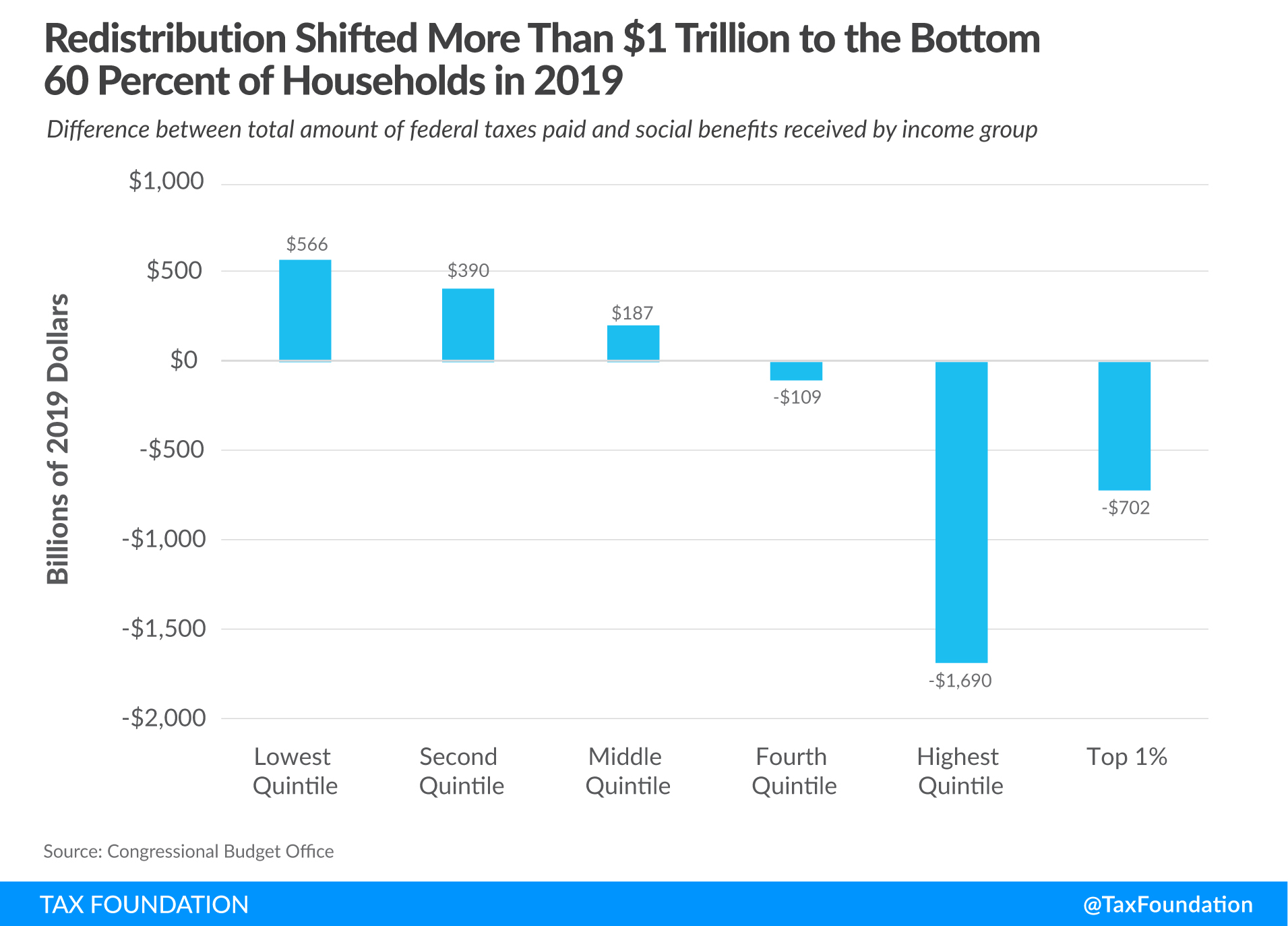Parmesan or Parmigiano Reggiano? The answer is more complicated than just Geographical Indication | International Lawyers Network
One of the ways that a “Geographical Indication”, or a “GI” can be protected in Australia is by registration of a ‘certification trade mark’. Certification trade marks are a specific type of trade mark registration designed to identify goods or services that meet certain standards or hold certain characteristics, including (but not limited to) goods that originate from a specific geographical region.
In order to register a certification trade mark in respect of a Geographical Indication, the applicant must submit with their application a copy of the rules which will govern the use of their certification trade mark, including (but not limited to):
- the standards that goods must meet in order to be allowed to use the certification (including for example, how the goods are made, what ingredients are used and any distinctive features of the goods which occur as a result of the environmental or agricultural features of the region they are produced in);
- the method to be used to determine whether the standards have been met in respect of particular goods or services; and
- how disputes regarding whether goods meet the standards will be decided.
Unlike a standard trade mark application (which is generally prepared and lodged by the owner of a specific brand), certification trade mark applications are often made by a representative of the industry group that is responsible for the regulation of the characteristics of the relevant goods and/or services. In addition to the standard registrability assessment conducted by IP Australia (which applies to all standard Australian trade mark applications), applications for certification trademarks also require the approval of the Australian Competition and Consumer Commission before they may proceed to registration.
In order for a certification trade mark application to successfully claim a Geographical Indication, there must be a link between the geographical region and the special or distinctive characteristics of the goods that are produced there.
Parmesan or Parmigiano Reggiano?
A recent example of an Australian trade mark office decision relating to a well-known GI certification trade mark is the case of Consorzio Del Formaggio Parmigiano Reggiano v Kraft Foods Group Brands LLC [2022] ATMO 166 (23 September 2022).
In November 2019, the Consorzio Del Formaggio Parmigiano Reggiano (CDFPR) lodged an opposition to Kraft Foods Group Brands LLC’s (Kraft’s) application to register “KRAFT PARMESAN CHEESE” (Kraft Mark) as a trade mark in Australia. The basis for the CDFPR’s opposition was that the word “Parmesan“ is widely used in Australia interchangeably with CDFPR’s existing certification trade marks in respect of the name “Parmigiano Reggiano”, and is used exclusively to refer to a distinctive type of cheese produced in a delimited geographical region in Italy in accordance with a defined procedure. In its statement of grounds and particulars, CDFPR submitted that Kraft’s application to register the Kraft Mark should be refused by the registrar of trade marks on the basis that (among other things):
- if allowed to proceed to registration, the Kraft Mark would have a connotation for Australian consumers as indicating that the cheese sold under the trade mark is a specific cheese produced in Italy. CDFPR argued that as a result, the Kraft Mark is likely to deceive or cause confusion amongst consumers when used in connection with cheese that is in fact not produced in the Parmigiano Reggiano geographical region and in accordance with the defined procedure (as set out in CDFPR’s GI certification trade mark); and
- because of the strong reputation which exists in respect of the name Parmigiano Reggiano (and by extension, the interchangeably used name “Parmesan”), use of the Kraft Mark would be likely to deceive or create confusion for consumers in respect of the nature and origin of the goods.
On 23 September 2022, the Delegate of the Australian Registrar of Trade Marks determined that CDFPR had failed to establish the grounds of opposition in accordance with the relevant provisions of the Trade Marks Act. In its decision, the Delegate held the view that the word “Parmesan” is used in Australia to refer to a style of cheese or flavour, and does not (in the mind of consumers) always refer to cheeses made in Parmigiano Reggiano in accordance with the defined procedures set out in CDFPR’s existing certification trade marks.
Unsatisfied with this outcome, CDFPR has recently filed an appeal in the Federal Court of Australia seeking to overturn the Delegate’s decision to allow the Kraft Mark to proceed to registration. Whilst the likelihood that CDFPR will succeed in this proceeding is uncertain, what is certain is that in determining the outcome of this appeal we can expect the Court to engage in an intriguing further analysis of the scope, reputation, and reach of CDFPR’s certification trade marks in the context of the Australian consumer’s colloquial use of the term “Parmesan”.






